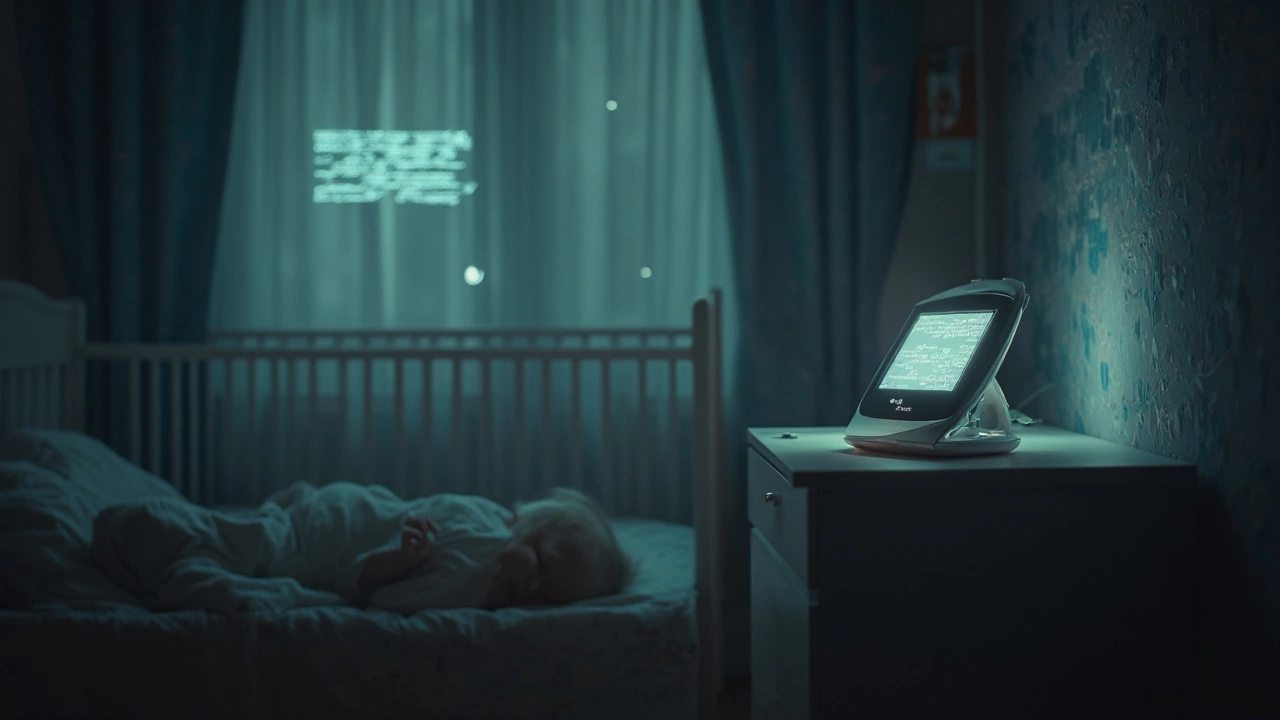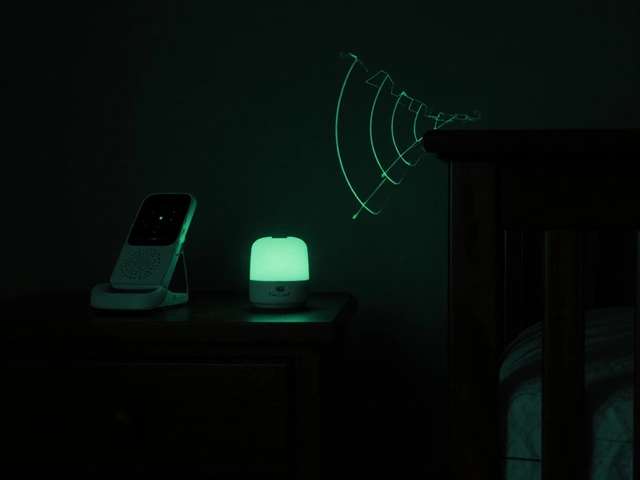Privacy & Safety Guide for Modern Smart Home Devices
Got a smart doorbell, a Wi‑Fi camera, or a baby monitor humming in the nursery? These gadgets make life easier, but they also open doors for privacy slips and security gaps. Let’s break down the biggest risks and what you can do right now to keep your data, your home, and your peace of mind safe.
Common Privacy Pitfalls with Smart Devices
First off, most people think the biggest danger is a hacker breaking into the camera feed. That’s true, but it’s only part of the story. Many devices store video on the cloud, and the provider’s terms decide who can see it. If you skip the monthly subscription, you might lose cloud storage and end up with limited local recordings that can be easily wiped.
Doorbells like Ring or other video knockers often need a constant Wi‑Fi connection. When the internet drops, they either stop recording or switch to a low‑quality mode. Worse, neighbors sometimes complain because the doorbell’s motion sensor can capture stray footage of their driveway or garden, raising legal questions under UK surveillance laws.
Wireless cameras that run on battery or plug into a power outlet are tempting, but they can be a goldmine for data thieves if you leave the default password unchanged. A simple password change and two‑factor authentication cut that risk dramatically.
Baby monitors add another layer. Some models stream video over the internet, and if the app isn’t secured, anyone with the right link could peek into the nursery. Even the range can be a problem—weak signals can leak to neighboring homes, letting outsiders pick up the signal if they’re within a few meters.
Practical Steps to Boost Your Home Safety
Start with the basics: change every default password the moment you unbox a device. Use a unique, strong password for each gadget and store them in a password manager.
Next, check your Wi‑Fi network. A separate guest network for smart devices keeps them isolated from your main computers and phones. This way, if a camera gets compromised, the attacker can’t hop straight onto your personal data.
If you’re installing a smart doorbell, look at the wiring options. A wired setup gives you consistent power and often a clearer video feed, while battery models need regular charging and can suffer from reduced performance when the battery dips.
For motion sensors, dual‑tech models that combine PIR and microwave detection reduce false alarms and make it harder for burglars to trick the system. Place sensors near entry points and avoid pointing them directly at bright streetlights to keep false triggers low.
When it comes to cloud storage, read the provider’s privacy policy. Some services delete footage after 30 days unless you pay for longer retention. If you’re uncomfortable with any cloud storage, opt for local NVRs (Network Video Recorders) that keep footage on a hard drive behind your firewall.
Finally, be aware of local laws. In many UK areas, recording video that includes public spaces or a neighbour’s property can breach the Data Protection Act. If you get a complaint, adjust the camera angle or add privacy masks to blur out unwanted views.
By taking these steps—strong passwords, network segregation, mindful wiring, and legal awareness—you can enjoy all the perks of a smart home without compromising privacy or safety. Stay vigilant, keep your firmware updated, and remember that a little extra effort today can save you a lot of hassle tomorrow.


